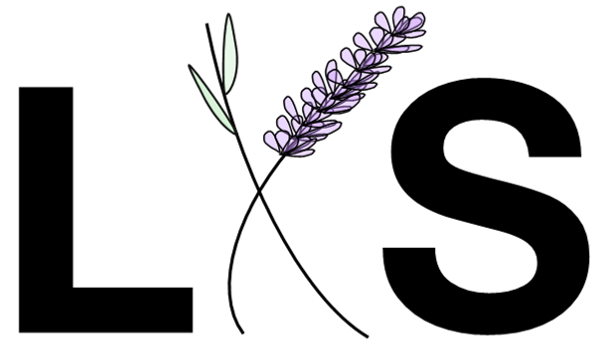What Is the Scent of Coriander?
One of the oldest spices known to humanity, coriander seeds were found in 5,000 year-old ruins. A vessel of coriander seeds were found in the tomb of Tutankhamen, which means that coriander was either cultivated by ancient Egyptians or was a valuable trade good.
The coriander plant (Coriandrum sativum) grows wild from southern Europe, sorthern Africa, and southwestern Asia. The annual herb is variably known as Chinese parsley, dhania, or cilantro. All parts of the plant are edible, but the leaves and seeds are used most extensively in cooking.
Coriander is mentioned in the Egyptian medical text, the Ebers Papyrus (1550 BCE) and in Greek Linear B tablets as a perfume ingredient (1400-1200 BCE). Both Hippocrates (400 BCE) and Dioscorides (65 AD) discuss the health benefits of coriander.
Coriander is better known as a core constituent of Indian curry powders than for its use in perfume. However, coriander’s fruity/floral/medicinal properties blend well with many other aromatic materials. Arctander writes, “In perfumery, its warm and sweet notes blend equally well with sage clary and bergamot in colognes, with floral notes in jasmine, lilac, appleblossom, honeysuckle, etc. and with olibanum and Ceylon cinnamon….”
Coriander Aromatic Properties and Chemical Composition
Floral, green, fresh, sweet: Linalool makes up ~55% of the coriander CO2 extract.
Terpenic, citrusy, piney, camphoraceous: Gamma-terpinene (~9%) is oily, terpenic, herbal, and citrusy. Alpha-pinene (10%) is the most diffusive element, bringing, a sweet, pine, woody note. Camphor (4.9%) is strongly represented, giving the overall sweet, fresh aspect a strong medicinal effect.
Fruity, rose, lavender: Geranyl actetate (5.6%) brings a fresh rosiness with notes of lavender and waxy green herbalness, which gets a fruiter rose note from geraniol (2.1%).














